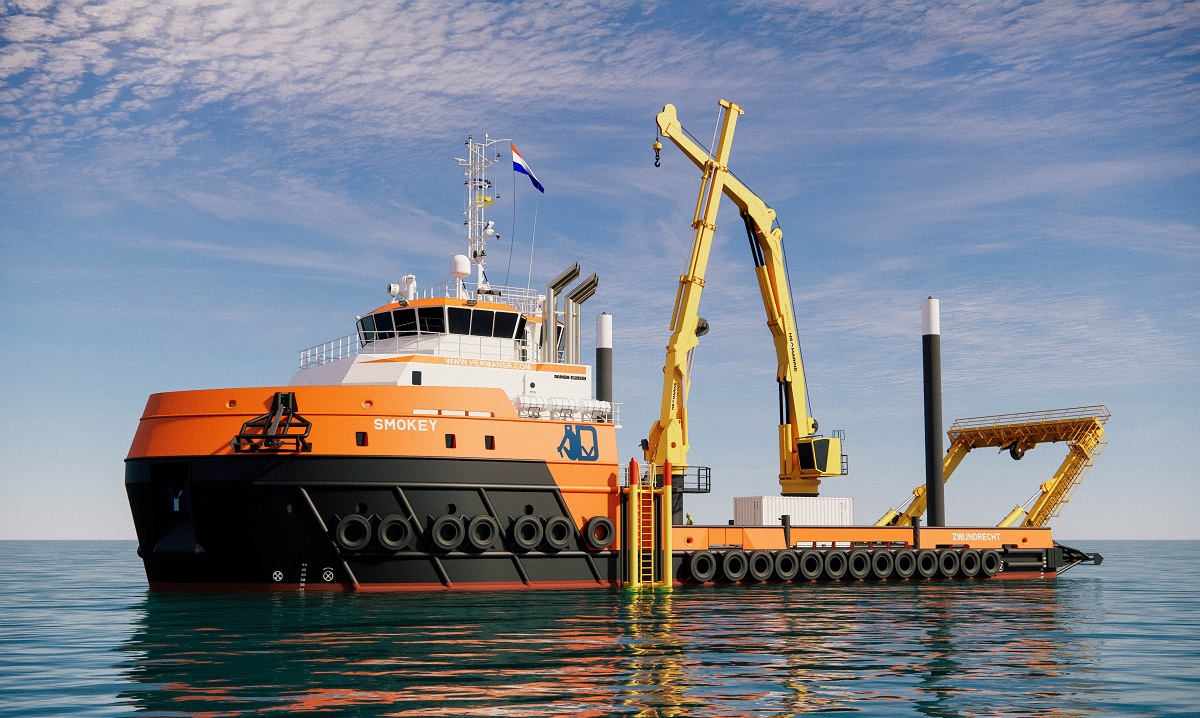Comprehensive emissions-control systems will be essential components of future vessel propulsion systems, regardless of which alternative fuel ultimately dominates the market, delegates at Riviera’s Maritime Decarbonisation Conference Asia heard
Shanghai Qiyao Environmental Technology has developed innovative emissions-control systems specifically designed for alternative-fuel engines, addressing critical environmental and safety challenges. Shanghai Qiyao Environmental Technology product manager Johnny Dai presented advances in methane oxidation catalysts, ammonia vapour treatment and methanol-specific SCR systems.
“When alternative fuel gets more attention due to a strict emissions-control strategy, it’s necessary to notice that alternative-fuel engines also have emissions problems,” Mr Dai explained, highlighting challenges including methane slip from LNG engines and ammonia vapour release from ammonia-fuelled vessels.
The company’s methane oxidation catalyst system addresses a significant concern with LNG engines: methane slip, which has 28 times the global warming potential of CO2.
While two-stroke LNG engines have integrated strategies to reduce methane emissions, four-stroke engines often require after-treatment solutions. Shanghai Qiyao Environmental Technology’s catalyst, using palladium and selenium dioxide as active elements, has demonstrated conversion rates of 93% in high-speed engine tests and 77% in medium-speed applications.
For ammonia-powered vessels, Shanghai Qiyao Environmental Technology has developed a comprehensive emissions-control package. Its ammonia system uses three diffusion units in series to absorb ammonia gas released from fuel systems, reducing concentrations below 110 ppm to prevent toxic atmospheres on board. This is complemented by an ammonia SCR system that simultaneously handles both ammonia vapour and NOx emissions.
“We carried out matching tests with our own self-developed first-stroke single cylinder ammonia engine,” Mr Dai noted. Its system reduced ammonia vapour from 8,000 ppm to 30 ppm and NOx from 4,000 ppm to 300 ppm, achieving conversion rates above 90% and satisfying IMO Tier III standards.
For methanol-powered vessels, Shanghai Qiyao Environmental Technology has created a methanol SCR system that uses the fuel itself rather than urea solution as the reduction agent for NOx control. This approach offers several advantages, including prevention of pipeline and catalyst blockage, 30%-40% space reduction compared with conventional SCR systems, and significantly lower operating costs that are said to be approximately 57% of conventional urea-based systems.
Shanghai Qiyao Environmental Technology is a wholly owned subsidiary of Shanghai Marine Diesel Engine Research Institute, CSSC. It is headquartered in Shanghai and has a manufacturing facility located in the same city.






